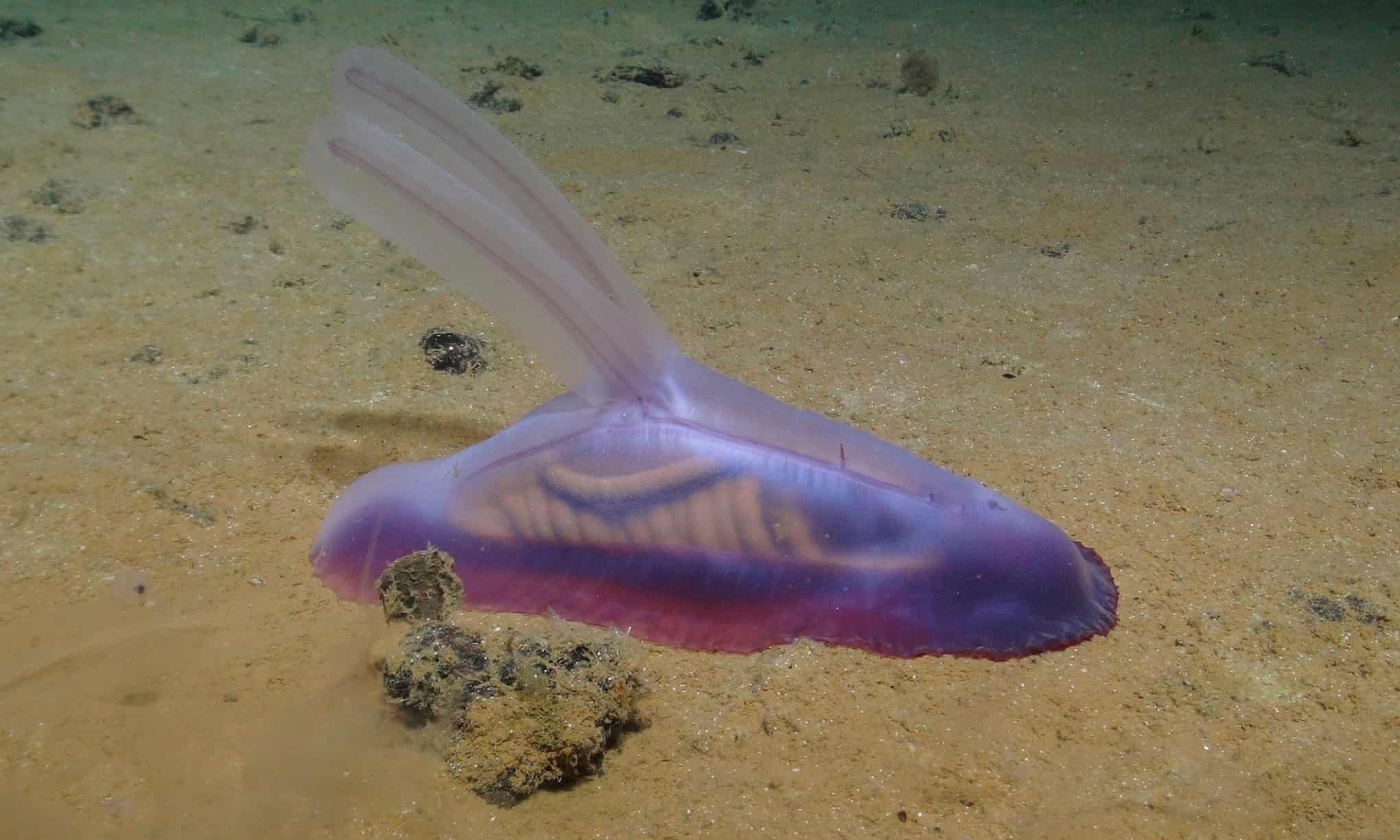
It is the first time the previously unknown biodiversity of the Clarion-Clipperton Zone (CCZ), a mineral-rich area of the ocean floor that spans 1.7m sq miles between Hawaii and Mexico in the Pacific, has been comprehensively documented.
Contracts for mining exploration in the CCZ have been granted to 17 deep-sea mining contractors in an area covering 745,000 sq miles. The companies, backed by countries including the UK, US and China, want to exploit minerals including cobalt, manganese and nickel, in part to sell to the alternative energy sector.
In July the International Seabed Authority, a quasi-UN body based in Jamaica that regulates deep-sea mining, will begin accepting exploitation applications from these companies.
To better understand the impact of mining this fragile ecosystem and its newly discovered inhabitants, an international team of scientists has built the first “CCZ checklist” by compiling all the records from expeditions to the region. Published in the journal Current Biology, it includes 5,578 different species, of which an estimated 88% to 92% had never before been seen.